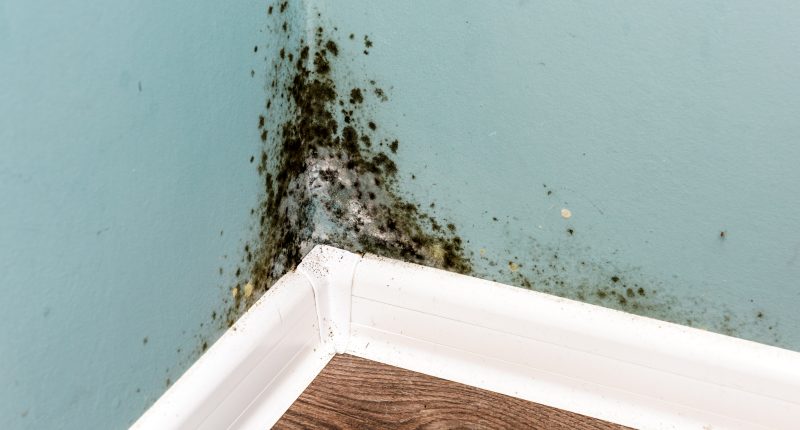AS the weather heats up and summer creeps closer, households may once again be fearing the return of mould in their homes.
You might have noticed condensation starting to appear on your windows, which can lead to damp.
If left untreated, the sitting water can encourage black mould to form, which can be harmful for your health.
The NHS warns that inhaling or touching mould spores could trigger allergic reactions or even cause more serious health issues, such as bronchitis and asthma attacks.
Some may think that the worst is behind them now that winter is over and the weather heats up, but that’s not the case.
The truth is, the warmer weather can actually help mould to thrive.
READ MORE IN MONEY
Plus, if the weather is wet and rainy, you may still be drying clothes, which can cause humidity and exacerbate a mould infestation.
Ben Gallizzi, energy expert at Uswitch, said: “The Energy Saving Trust recommends that people in good health heat their home to between 18 and 21 degrees celsius.
“If you’re having trouble with condensation, and the mould caused by it, you could consider getting a dehumidifier.
“They remove water from the air in your home to reduce condensation.
Most read in Money
“They are also useful if you dry your clothes indoors on radiators or airers, as this causes moisture from wet clothing to be released into your home.”
You can get a pack of 10 disposable dehumidifiers for £13 on Amazon and each should last for several weeks.
Rooms that tend to be colder or more wet, such as the bathroom, should be kept slightly warmer than this.
“Opening windows for a few hours will also help”, Ben said.
“This is much more easily done now that the weather is slowly warming up.
“And if you’re cooking on the hob, remember to turn on the extractor fan, as this will help prevent moisture from the steam building up.”
You find extractor fans in kitchens and bathrooms, and they help remove excess steam from the air and therefore prevent a build-up of condensation.
Old extractor fans can do a poor job, meaning that you have to open your windows for an extended period to get rid of steam and condensation.
Newer extraction fans can actually do such a good job that you will be able to keep window opening to a minimum, which is great when it comes to saving energy and keeping your home warm.
We also included the best way to clean your extractor fan in our guide.
If you do spot any condensation around your doors or windows, make sure to wipe it down sooner rather than later.
Experts also recommend regularly checking dark areas such as under the sink or around window and door frames, as mould thrives in dark, damp locations.
If you find any mould forming, try wiping it off with a mould remover spray, or white vinegar works as a DIY alternative.
READ MORE SUN STORIES
Meanwhile, a woman has shared her nifty trick for keeping condensation at bay as the temperature drops outside.
Plus, we reveal the mould mistake you must avoid or it could cost you £1,000 – and more tips for how to tackle it instead.
How can I remove mould if it’s already there?
THERE are several easy and low-cost ways to remove mould from your home.
Bleach is usually all you need if you neither own nor want to buy specialised cleaning sprays and paints.
If using bleach, mix four parts of water with one part of bleach.
You’ll also need a stiff brush, a bucket of water with cloth, and another cloth for drying.
Apply your solution to the affected areas, including a few inches around the visible mould to kill any mould not yet visible.
Scrub it firmly with a strong brush.
Wait as long as possible or until the mould disappears from sight and rinse the treated areas thoroughly.
Pat dry the area and allow it to completely dry before moving any furniture or placing items in front of it.










